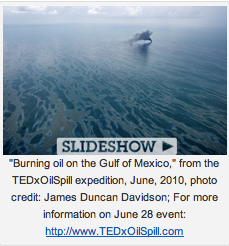There is no “one” solar answer. Solar comes in all shapes and sizes: from rooftop panels and peel-and-stick window film, to boats and backpacks, solar “ivy” and solar “leaves,” giant concentrated solar arrays and recycled plastic bottles. Almost daily there is news of improved efficiency, better batteries and more products available off-the-shelf.
Costs are tumbling, too—and not just because the Chinese have heavily subsidized the manufacture of photovoltaic panels, undercutting everyone else in the market. Solar, finally, is enjoying the benefits of scaling up.
This year, the Department of Energy’s biannual Solar Decathlon saw home construction costs come in third cheaper than in 2009. The expense and learning curve of prototypes has given way to the savings of lessons learned.



















